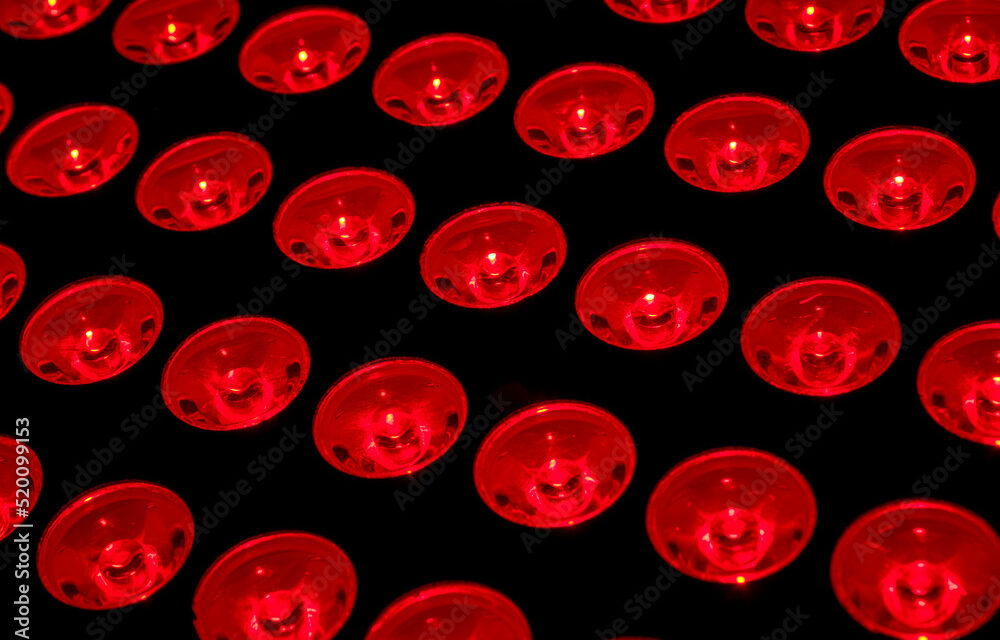[pdbl_blog_layouts include_categories="1" load_more_text="What Is Red Light Therapy? A Beginner’s Guide to RLT Basics Red Light Therapy (RLT) might sound tricky, but don’t worry—this guide makes it super simple for beginners like you! In this...
What Is Red Light Therapy? A Beginner’s Guide to RLT Basics Red Light Therapy (RLT) might sound tricky, but don’t worry—this guide makes it super simple for beginners like you! In this chapter, we’ll unpack what red light therapy is, how it boosts...
Your content goes here. Edit or remove this text inline or in the module Content settings. You can also style every aspect of this content in the module Design settings and even apply custom CSS to this text in the module Advanced settings.
Cabpay Red Light Full Body panel If you’re looking to upgrade your wellness routine, you’ve probably heard about red light therapy and its numerous benefits. Whether you’re targeting skin rejuvenation, muscle recovery, or simply looking...
Red light therapy (RLT) has gained significant attention in recent years for its potential benefits in skin rejuvenation, pain relief, and overall wellness. With advancements in technology, portable red light therapy devices have become accessible...






